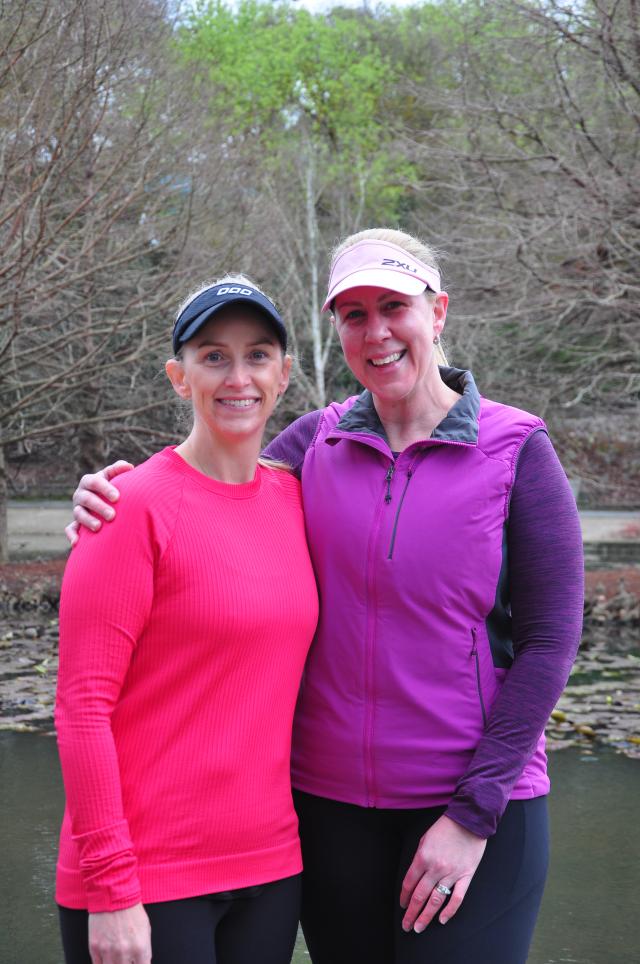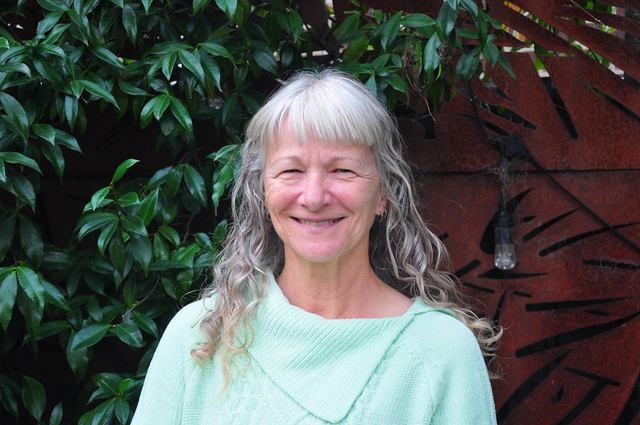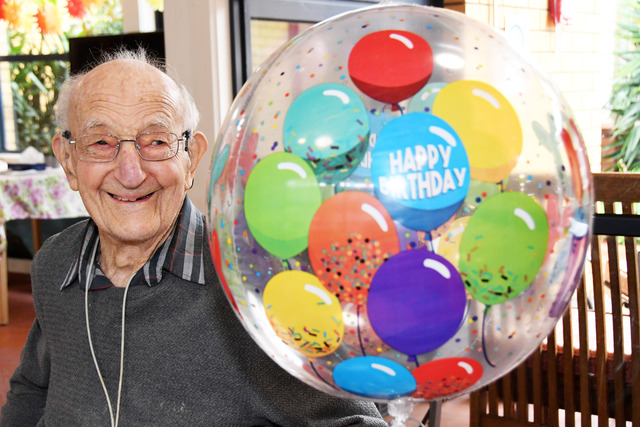A recent survey revealed that 67 per cent of Australians use sports and exercise to relieve stress and support their mental health.
For participants of the Berwick Springs Parkrun, this sentiment rings true, with Amanda Cunningham saying that being active and taking on running as an everyday activity changed her life.
Amanda first began running in December of 2015, but was instead greeted with a series of unfortunate events; from her husband Dave’s heart attack and surgery, and the passing of close family members in the years to follow.
For Amanda, running and exercise has given her an “outlet”.
“I don’t think I could have gotten through what I’ve been through since 2015 if it hadn’t been for exercise.
“I’d probably be sitting in a corner somewhere, having been through the crap with [Dave’s] health, losing my sister, losing my parents, and other things going on in the family.
“It’s helped keep me focused and sort of not fall in a wallowing heap, so to speak,” she said.
However, it wasn’t necessarily just being active that helped Amanda, with her also adding that connections made with the running community can be long-lasting, with the friendships playing a key role in her de-stressing.
Vice chancellor of research and executive dean of the Institute of Health and Wellbeing at Federation University’s Berwick Campus, professor Remco Polman said that in short, moving around is key to staying physically and mentally healthy.
According to Professor Polman, being physically active results in positive emotions, “it releases endorphins, which makes you feel better”.
“Exercise and sport are good for you, but doing it in a club context is even better, so having these social aspects, this connection with other people is above and beyond just doing exercise.
“I think it’s even more important post-Covid because people probably lost quite a lot of connections, and sport, again, is a way to reconnect with people rather than online,” he said.
Both Zavanya (Sav) and Donna are also on the same page, agreeing that communities such as Park Run foster not only the essence of being active but the enjoyment of engaging in these activities through the connections made.
To Sav who has been part of Parkrun for over 10 years, it’s as simple as getting outside with people”.
“I suffer from anxiety and have found relief in walking or running, [and] when I was running all the time I got so much joy in what I was achieving.
“The other thing is, the people we’re meeting on a Saturday morning to go do a park run or for a walk during the week, you’re talking about lots of different things; you’re not caught up sitting in your house,” Sav said.
Donna, who was reluctant to participate at first said that once she did, she was immediately reeled in by the community spirit.
“I kept turning up by myself every week, my first friend was a man in his 60s.
“You form friendships with people that are very tight, so there were a lot of things that came out of just that one moment of going,” she said.
Speaking on physiological changes benefitting psychological factors in the human body, increasing fitness leads to improved blood flow to the brain, which also correlates to an enhancement to the brain’s executive functions, according to Professor Polman.
“There are these changes happening, and they help in making better and quicker decisions because of the diffusion of nutrients and oxygen in the brain is decreased due to better blood flow,” he said.
Exercise is also directly related to P300 brainwaves – P3 for short – which measures the brain’s event-related potential and are typically associated with cognitive functions such as decision-making and attention.
The professor added that exercise has been shown to increase the amplitude of P3 waves; reinforced by research from a journal article on the effects of acute moderate exercise by Dr Naresh Jumar et al. with latency in P3 waves being significantly reduced after exercise.
“If you keep exercising, you actually can see that these things maintain over time, the brain as a whole responds in a better way when people exercise compared to when they don’t.
“The key here is that you have to exercise on a regular basis to reap the benefits, so if you really want to improve your fitness levels, you have to do it in a systematic and regular way,” Professor Polman said.
To Dave, Amanda’s husband, being physically active has saved his life once after suffering a heart attack, and the couple aims to maintain their lifestyle, step by step.
For Sav, sometimes all one needs to do is “put your pants on each day”.
“If you put your pants on, you can get out the door, and if you can get out the door you can get walking or running.”









